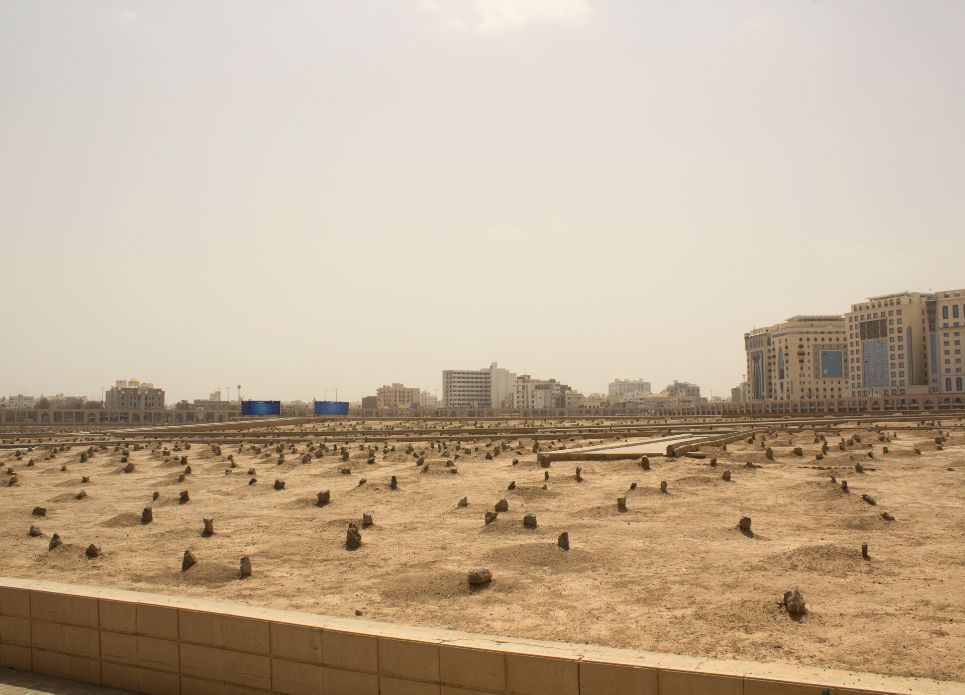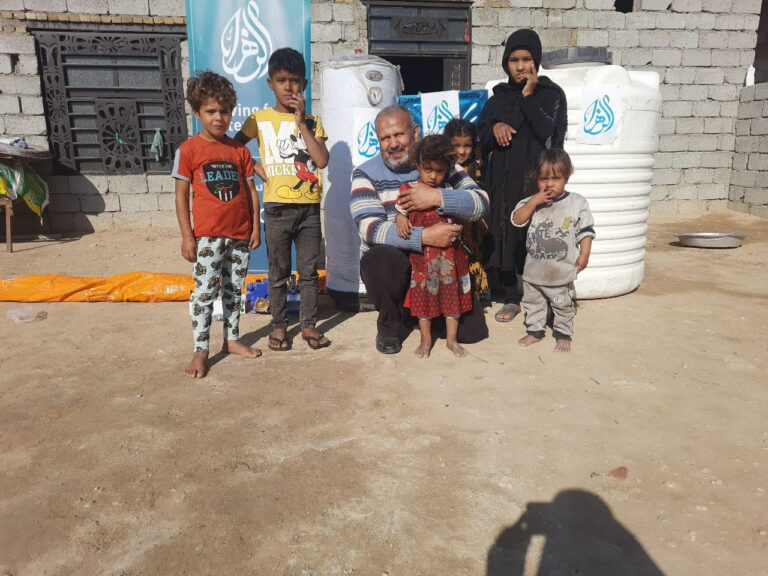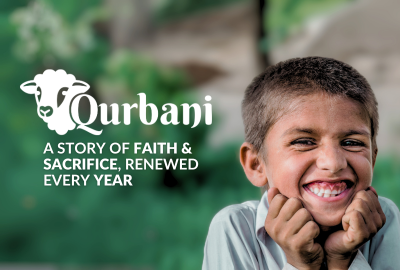Why Jannat al-Baqi Still Deserves Your Attention
Understanding Jannat al-Baqi
Jannat al-Baqi (Arabic: جنة البقيع), or Baqīʿ al-Gharqad, is an ancient cemetery located in Madinah, Saudi Arabia. It holds immense significance for Muslims worldwide as one of the oldest and most revered burial sites in Islamic history.
The Prophet Muhammad (SAWA) himself designated this sacred ground for the burial of his loved ones and companions. Among those interred there are:
- Imam Hassan al-Mujtaba (AS), the second Imam and beloved grandson of the Prophet (SAWA)
- Imam Zayn al-Abideen (AS), known for his piety and his moving supplications in Sahifa Sajjadiyya
- Imam Muhammad al-Baqir (AS), a pioneer in Islamic scholarship
- Imam Jaʿfar al-Sadiq (AS), a widely respected teacher of many influential scholars
- Fatima bint Asad, mother of Imam Ali (AS)
- And countless other companions and figures from the early Muslim community
Historically, these graves were marked with detailed architecture and served as a place for visitors to reflect, pray, and pay their respects. Over 10,000 early Muslims are believed to be buried there.
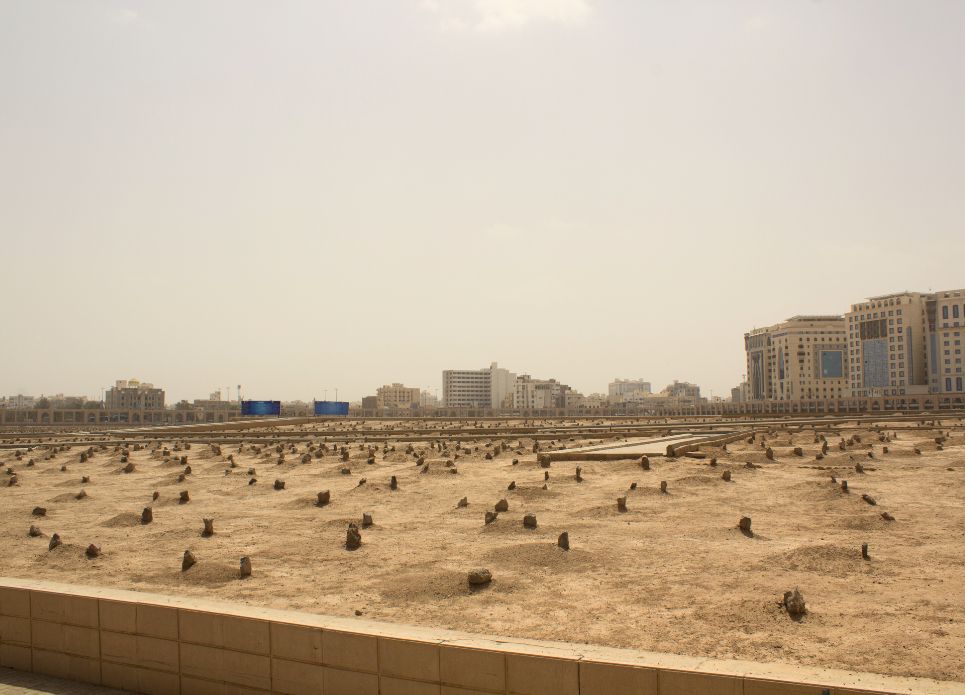
What Happened on 8th Shawwal
On April 21, 1925 (8 Shawwal 1344 AH), the tombs and shrines at Jannat al-Baqi were demolished by authorities. The destruction shocked Muslims globally—especially the Shia community—who viewed it as a devastating loss of Islamic heritage.
For over 1,200 years, Baqi had been a place of spiritual retreat and remembrance. The demolition abruptly cut off that connection. To this day, it remains closed off, with little to no access allowed to those wishing to offer prayers or visit the graves.
Did You Know?
The Prophet (PBUH) regularly visited Baqi, made dua for those buried there, and encouraged others to follow his example.
The graves of the four Imams were once marked with white domes that stood out across the skyline of Madinah.
Inscriptions and architectural details once gave each grave individual dignity and historical context.
Today, visitors are barred from entering, and the area is left unmarked and inaccessible.
Why It Still Matters Today
The destruction of Jannat al-Baqi isn’t just about lost buildings—it represents a loss of identity, memory, and sacred tradition.
These figures were not only part of Islamic history but are still central to Islamic spirituality and thought.
Preserving their legacy goes beyond bricks and mortar—it’s about upholding values of love, justice, and respect for the past.
At The Zahra Trust, we are committed to honoring sacred history and advocating for the dignity of those who shaped our faith.
Jannat al-Baqi is a symbol of spiritual resistance and remembrance. The call for justice and restoration continues—loud and clear.
How Muslims Commemorate 8th Shawwal
Every year, Muslims across the world observe the anniversary of the destruction of Baqi through:
- Peaceful rallies and community marches
- Educational talks and mosque programs
- Collective prayers and Qur’an recitations in memory of the deceased
Though nearly a century has passed, the global demand remains: Rebuild Jannat al-Baqi.
What You Can Do
- Educate Yourself and Others
- Learn about the lives and teachings of those buried in Baqi. Share their stories with your children, your peers, and your wider community.
- Include Them in Your Prayers
- Remember Jannat al-Baqi in your duas—especially on 8th Shawwal. Pray for restoration, dignity, and recognition.
- Support Charitable Causes
- Honor their legacy by contributing to initiatives they would have championed: education, social justice, care for the vulnerable.
- Be a Voice for the Voiceless
- Speak out with kindness and courage. Start a conversation, post on social media, or share this article.
Let’s not let silence erase sacred memory.
